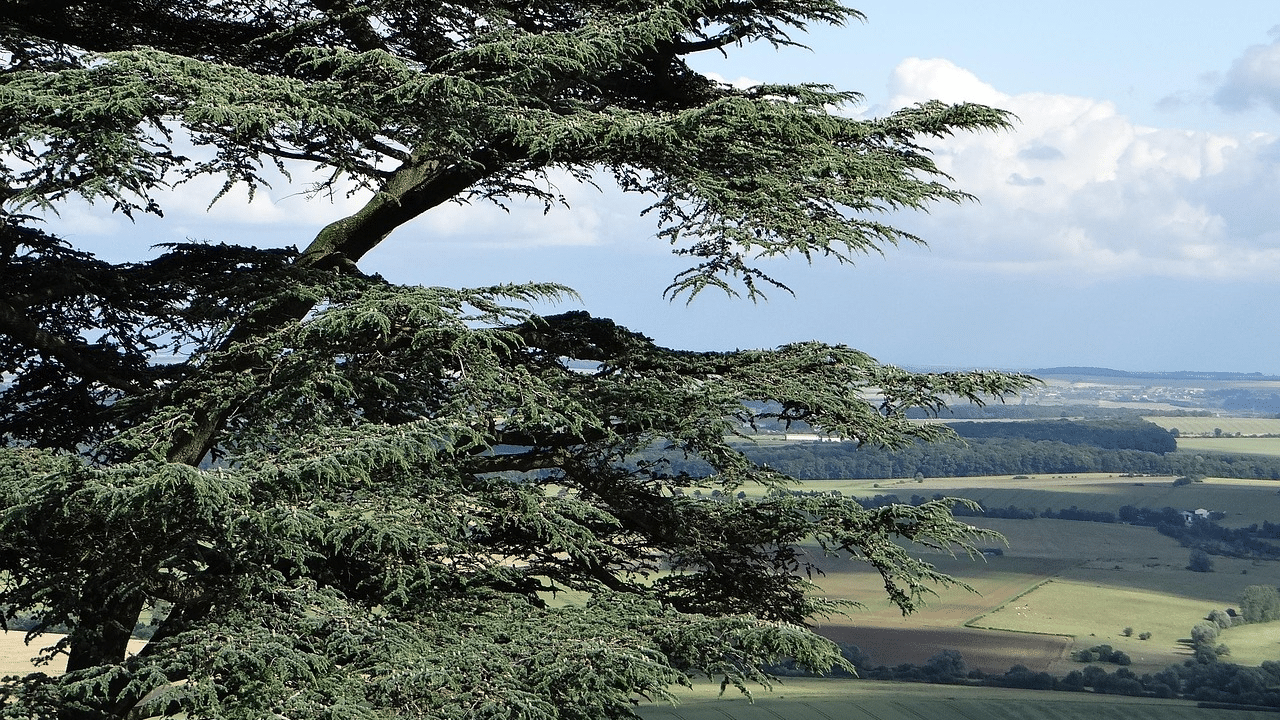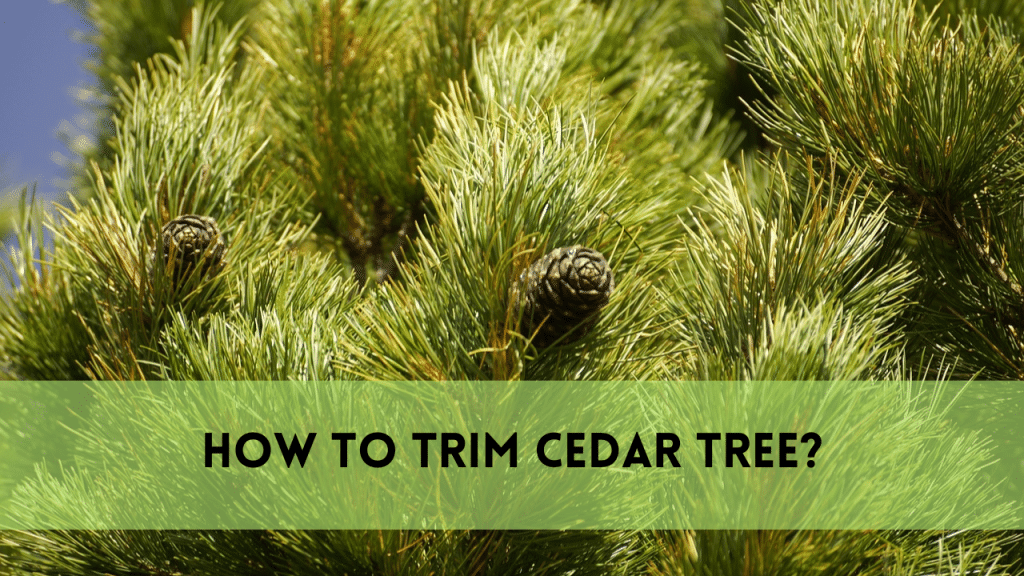There’s something magnificent about cedar trees, their evergreen leaves as well as their rugged bark and the way they tower throughout the seasons. Like all trees they require proper care to grow. If you’ve thought about how to trim cedar tree without harming them, you’re at the right spot. The trimming process isn’t only about aesthetics but also about promoting healthy growth, stopping disease and maintaining the its structure.
When you’re planning to shape an hedge, taking out dead branches or overgrowth this guide will guide you through the steps with professional tips and practical guidance.
Why It’s Important to Trim Cedar Tree
Cedars are durable however they’re not impervious to. If they aren’t properly pruned they may grow weak branches, get overgrown, or even become into the hands of pests and diseases. Regular pruning:
- Encourages dense, healthy growth – Strategic cuts help sunlight reach inner branches.
- Protects against disease – The removal of dead or diseased wood prevents diseases from spreading.
- Improves structure by thinning out branches that are crowded decreases the resistance to wind and decreases breakage.
- Improves appearance – Cedars that are well-maintained appear lush and vibrant.
Let’s now dive into the method to trim cedar tree efficiently.
When to Trim Cedar Tree
Timing is crucial when it when it comes to trim cedar tree. Pruning at the wrong moment or you’ll risk stunting growth or attracting insects.
- The best time to do this is from late winter through early spring (before new growth gets underway).
- Avoid late summer/fall: New cuts could not heal before frost, making the tree in danger.
- Light trimming can be performed in the early summer If needed, but be careful not to do excessive pruning.
Pro Tip: Do not trim cedar tree during extreme heat or drought as they already feel stressed under these conditions.
Tools You’ll Need to Trim Cedar Tree
Utilizing the correct tools makes healthy tree trimming. The following tools are required to trim cedar tree efficiently:
- Hand Pruners – For smaller leaves (under 1 inch in thickness).
- Loppers – For branches with more thickness (up up to two inches).
- Pruning Saw – for large, branching woody trees.
- Hedge Trimmers – For trimming cedar hedges (not suitable for single trees).
- Disinfectant to clean blades between cuts and to prevent spreading of diseases.
Always make sure to sharpen the tools and wash them prior getting started. Blades that are dull crush, not cut, and can damage the tree.
How to Trim Cedar Tree: Step-by-Step
1. Inspect the Tree First
Take a walk around your cedar and look for:
- Broken, dead or damaged branches
- The branches are crossed or rub
- Overgrown areas block light
Make a list of the branches to remove to ensure you don’t over-trim cedar tree.
2. Remove Dead or Diseased Wood First
Begin with the obvious issues. Remove dead or dying branches to trunk or to a healthy branch that is lateral. Cut cleanly and angled to allow the tree to heal more quickly.

3. Thin Out Overcrowded Areas
Cedars can grow too dense, obstructing airflow and sunlight. Take off a few branches in the inner part of the tree to let the canopy open. Don’t eliminate more than 20 percent of the leaves at a time, as over-pruning can shock the tree.
4. Shape the Tree (If Needed)
If you’re planning to shape the shape of a cedar hedge, you can make use of hedge trimmers gently. For single trees, you should avoid shearing. Instead, cut in a selective manner to keep the natural shape.
5. Avoid Topping
Don’t cut from the tops of cedars in order to limit the height. It can ruin the shape and could result in an unstable, weak growth.
Common Mistakes to Avoid when You Trim Cedar Tree
- Pruning excessive foliage can stress the tree.
- Cuts to Flush – Do not cut branches in a flush with the trunk. Leave the collar (the slightly bulge at the point at the point where the branch joins with the trunk) to aid in the healing process.
- Making use of Dull Tools Cuts that are clean and sharp are more effective in healing.
- Pruning at the wrong time Cuts should be cut in late winter or early spring for cutting that is major.
Aftercare: Helping Your Cedar Recover
- Make sure to soak the tree thoroughly – particularly after pruning and sprucing, give the tree an adequate soak.
- Mulch the base of the soil – helps conserve moisture and control soil temperature.
- Check for signs of disease or pests Fresh cut can draw insects – look for any signs of trouble.
FAQs
Do I need to trim cedar tree in the autumn?
It is best to avoid autumn pruning as cuts might not heal until the winter months, leaving the tree at risk of winter-related damage.
How much trimming can I do without damaging the tree?
Do not eliminate more than 20-25 percent of the leaves in one session to ensure that the tree is not stressed.
Do cedar trees grow back after trimming?
Yes, but it takes time. They don’t grow as fast as other trees, therefore avoid cutting them with a knife.
Do I need to seal the pruning cuts made on cedar trees?
The natural healing process of cedars isn’t as straightforward. Sealants trap moisture and cause the growth of rot.
Do I need chainsaws to trim cedar tree?
Only for extremely large branches. For accuracy hand tools are superior.
Conclusion:
Knowing how to trim cedar trees in a proper manner ensures that they are healthy, strong and beautiful for many years. By using the right timing tools and techniques you can cut your cedars without putting at risk their health. Keep in mind that less is usually more when pruning.
Once you’ve got these suggestions, get your pruning tools so that your trees receive the love they need. Have fun pruning!

